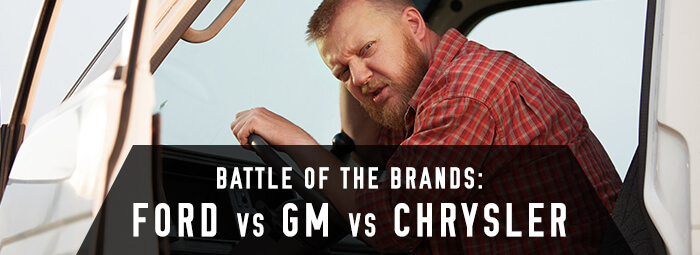If you were to tell someone from the city that you are “going mudding,” you are likely to inspire a raised eyebrow or a confused look. However, for those who love the outdoors, the notion of spending the day traveling the backcountry and splashing through the mud may be preferable than spending the day just sitting behind the wheel of a car.
“Unless you have experienced the exhilaration that comes from flying down the road on a motorcycle or tearing through the trails on an off-road vehicle, you may think that as riders, we are a little over-zealous for this sport that we love,” Rachel Bretzing wrote for RM Rider Exchange. “This is a hard opinion to change without inviting the skeptics out there to come and see for themselves.”
Whether you choose an ATV or a UTV, there are many options available. People use both extensively for professional and for recreational purposes. When deciding the best vehicle for your needs, you should understand the difference between the two. While both have their benefits, the difference can significantly affect how much you enjoy your ride.
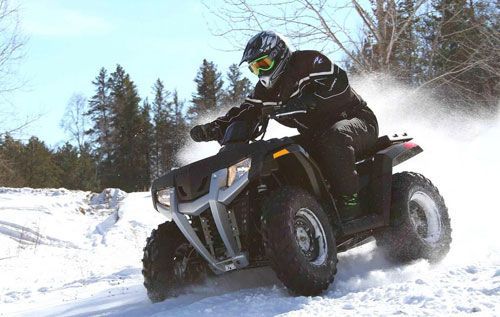
(Courtesy: PixaBay)
The All-Terrain Vehicle (ATV)
The ATV is also known as a “quad” or a “quad bike.” It is a great choice for those who like to be “part of the ride.” Usually single-seated, an ATV functions with a center-top-mounted seat and a high center of balance. Due to concern for safety, ATVs have had four-wheels since the 1990s. This configuration allows for quick turning and acceleration. ATV riders must have excellent balance and coordination since “leaning into the turn” is required for optimal control.
ATVs are ideal for people who are comfortable riding a saddle motorcycle style seat. Due to their mobility and compactness, ATVs are more frequently used in racing events than UTVs. ATVs are also usually cheaper than UTVs.
When To Use An ATV:
- You need to be agile. Designed to travel in tight or confined areas, an ATV is the best choice when you need maneuverability and quick pivoting. It is also useful when you would need to get on and off the vehicle quickly. ATVs are easier to tow and transport due to being smaller than a UTVs and can be manhandled better than a UTV. ATVs are the better choice for active sports riding.
- You want to go fast. ATVs are highly adaptable and they come in a wide array of styles. Those seeking high performance can find models such as the Yamaha YFZ450, Yamaha Raptor 700, and Polaris MXR450 that are light, powerful, and compact. For those seeking a workhorse, larger, more durable utility models such as the Polaris Sportsman, Yamaha Grizzly, and Kawasaki Brute Force have large towing capabilities, heavy-duty fenders for clearing mud and debris, and high-performance traction and suspension.
- You are on a budget. The average ATV is several thousand dollars cheaper than a UTV. This is because ATVs are usually lighter and requires less material to build than a UTV, which usually has a cabin compartment. For the budget-minded, an ATV is a strong choice.
- You need to travel light. While ATVs can tow and haul cargo, an ATV works best for those that do not need to carry much on a regular basis. As it is basically a four-wheel motorcycle, additional weight creates drag that could affect handling
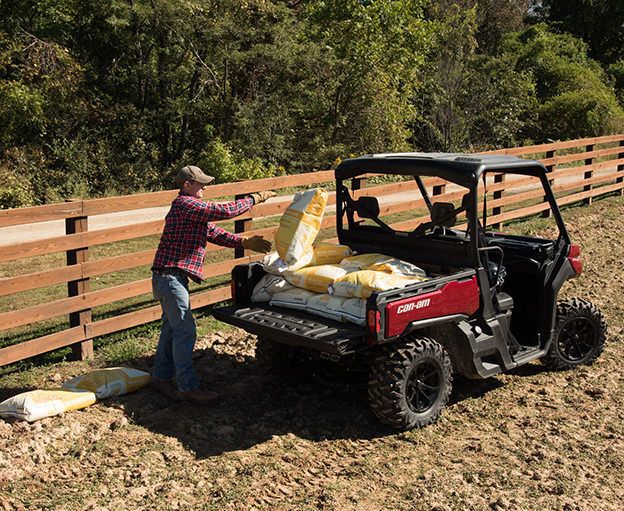
(Courtesy: Flickr)
The Utility-Terrain Vehicle (UTV)
The hard-working and powerful UTV is more akin to a supercharged motorized kart than a motorcycle. UTVs are more comfortable, safer, and more powerful than ATVs. This multi-passenger cargo hauler typically used as both a work vehicle and for recreation.
UTVs includes features like:
- A roll cage
- Automotive-style seating,
- A steering wheel and column,
- A lower center of gravity compared to an ATV,
- Automotive-style amenities like a foot-controlled throttle and brakes.
UTVs are also known as a “side-by-side,” a recreational off-highway vehicle (ROV), or a multipurpose off-highway utility vehicle (MOHUV). UTVs are preferable over ATVs when you need a larger carrier for passengers or cargo. UTVs–like ATVs–are highly configurable, a buyer can buy accessories and customizations that can improve both performance and capability.
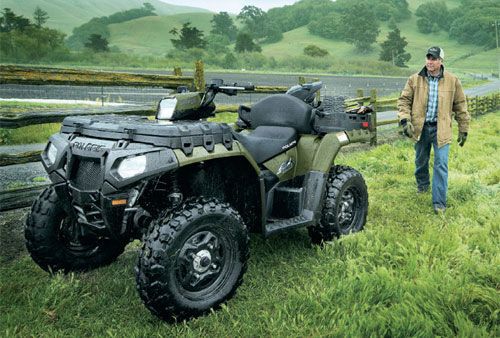
(Courtesy: WikiMedia)
When To Use A UTV
- You have multiple passengers or cargo to haul. UTVs are known for their hauling capacity and they typically come equipped with a rear cargo bed. This allows a UTV to carry more gear and a heavier load than an ATV can without having to hitch a trailer. As UTVs use automotive-style seating, they are more comfortable during long trips or for older riders. This, combined with its large load capacity, makes UTVs better suited for work situations.
- You are performing specialized work. A UTV can be more customizable than an ATV. The John Deere Gator UTV, for example, has five configurations and over 100 accessories and options. The model comes standard with 1,400 pounds towing capacity and 16.3 cubic feet cargo space. Models like the Kawasaki Teryx, the Arctic Cat Prowler, and the Can-Am Commander are all designed for high-performance, boasting powerful engines and strong suspension.
- You want to show off. With models that retail up to $10,000, there are numerous ways to add “bling” to a UTV, including HD and LED lighting, in-cab heating, sound systems, wheels and tires upgrades, reinforcements to the roll cage, and engine and suspension upgrades. For the UTV owner, it is as easy to go overboard with options and customizations as it is for a new pickup truck.
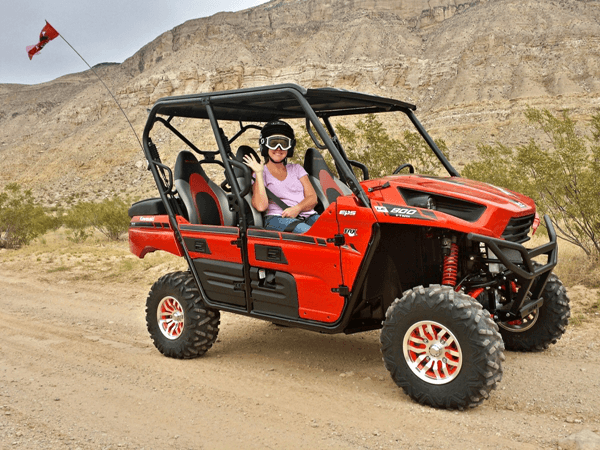
(Courtesy: WikiMedia)
Step Up Your Safety
ATVs and UTVs are fun and incredibly useful for getting around a large property or hauling materials from A to B. However, they can also be dangerous. These vehicles regularly travel over uneven ground containing fallen debris. Additionally, when backing up, the high center of gravity makes it difficult to know what is on the ground directly behind you. Backing over an errant boulder or tree limb may cause you to lose control or even roll over. Even worse, if you travel with children, not being able to see behind you while reversing can lead to a fatal accident. A well-placed backup camera prevents many potential accidents.
When you buy an ATV or UTV, be sure to also invest in the correct safety equipment. This includes helmets, safety restraints for UTVs, and a backup camera. While backup cameras are more commonly used with a UTV, ATV drivers can also benefit from being able to see what is behind them. Besides safety, a good backup camera can make loading and unload your ATV from a trailer a simple matter.
Camera Source is the leading provider of aftermarket quality backup cameras and accessories. Their UTV Wireless Camera System for iPad and Android Tablet is an easy solution for your rear-viewing problems. Accessible wirelessly from your Android or iOS device, the Super CMOS camera – which can be front or rear-mounted – can produce a viewing angle of 170 degrees at 600 TVL, giving you the clarity you need to be safe on your vehicle.
Ultimately, the determining factor between buying an ATV or a UTV depends on your needs. If you need power to get the job done and space to carry your crew and gear, a UTV is likely the best way to go. Conversely, if you need maneuverability, compactness, and speed, choose an ATV.
Regardless of your choice, there are few ways to embrace the outdoors that are as exciting as an ATV or a UTV. For their owners, these vehicles become a passion and a way of life.



